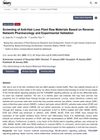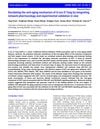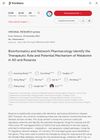much-hyped research compound targeting prolactin receptor in scalp
vitamin you should probably be taking for general health might also help your hair a little
signaling protein that, when suppressed, may grow hair by reducing inflammation and stem cell loss




